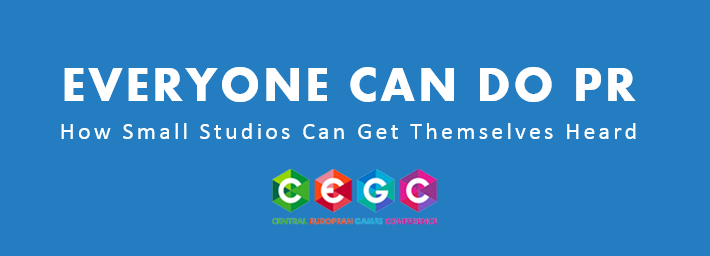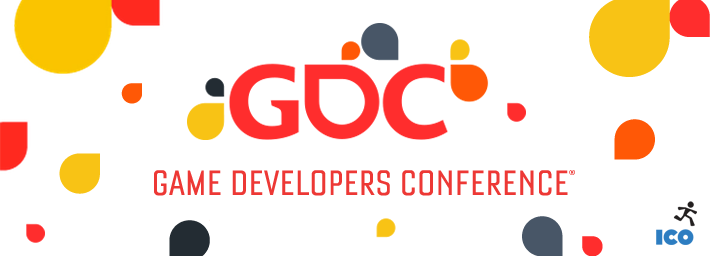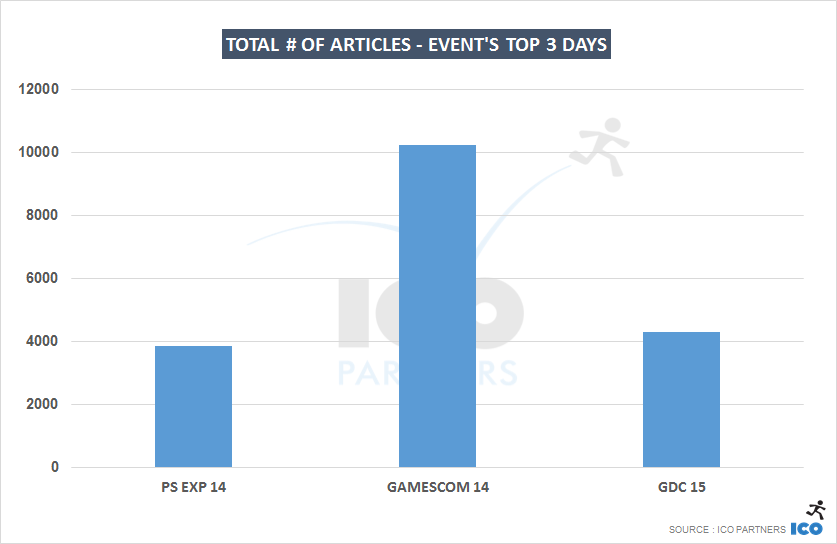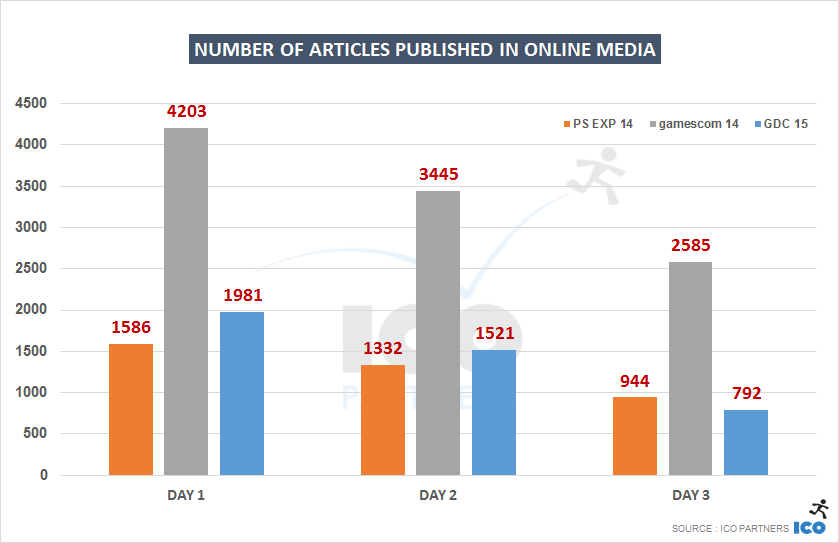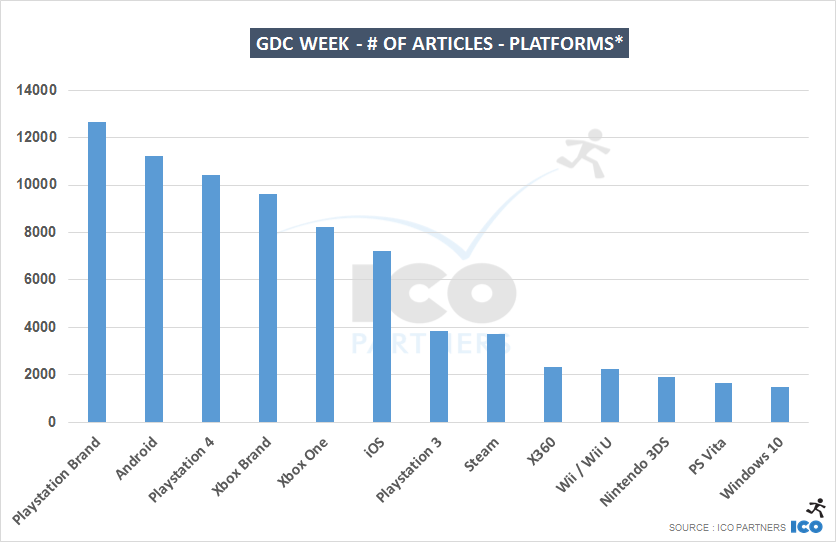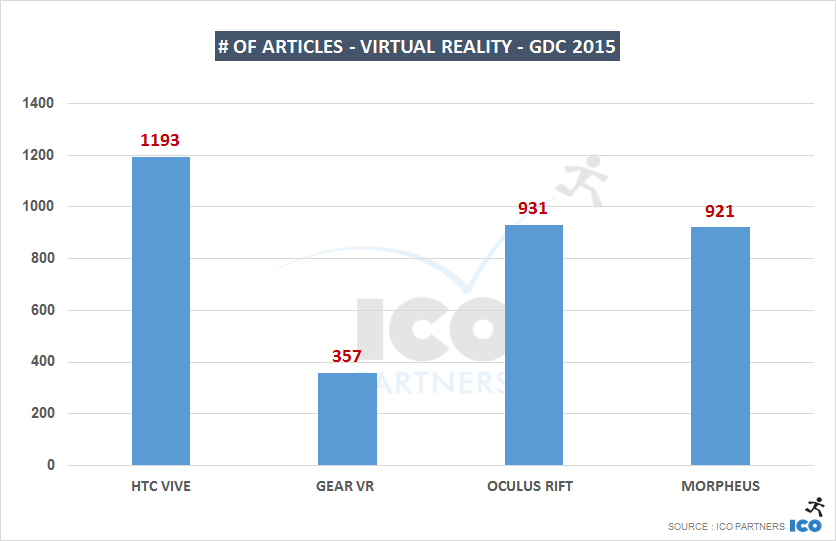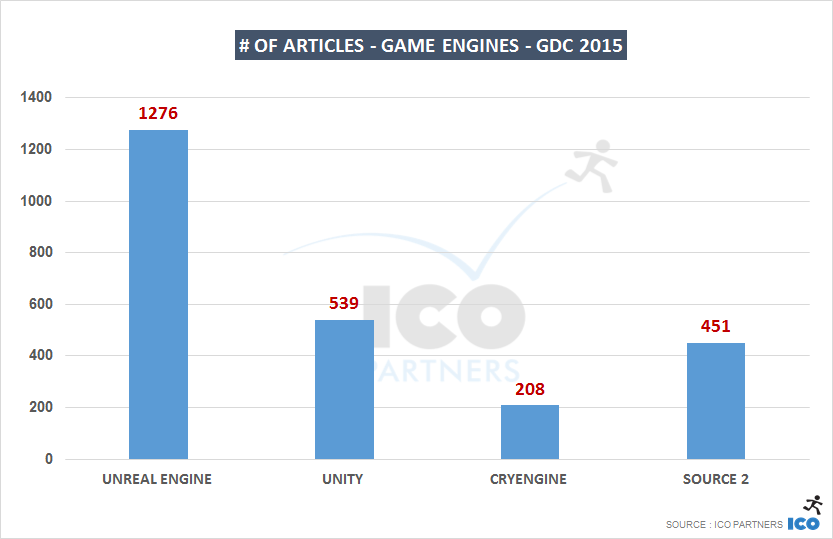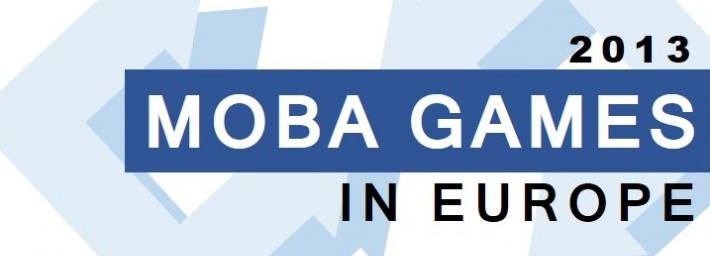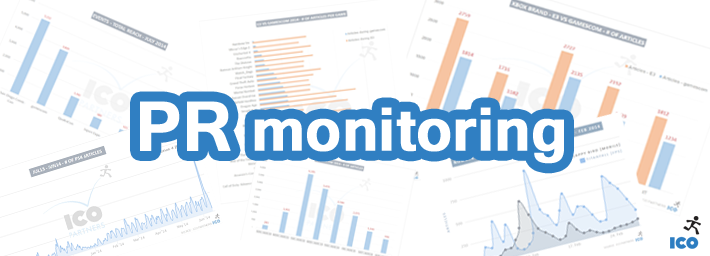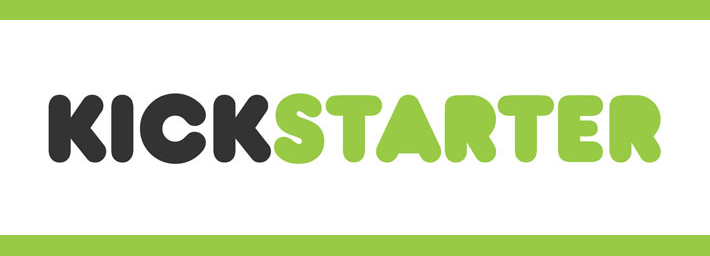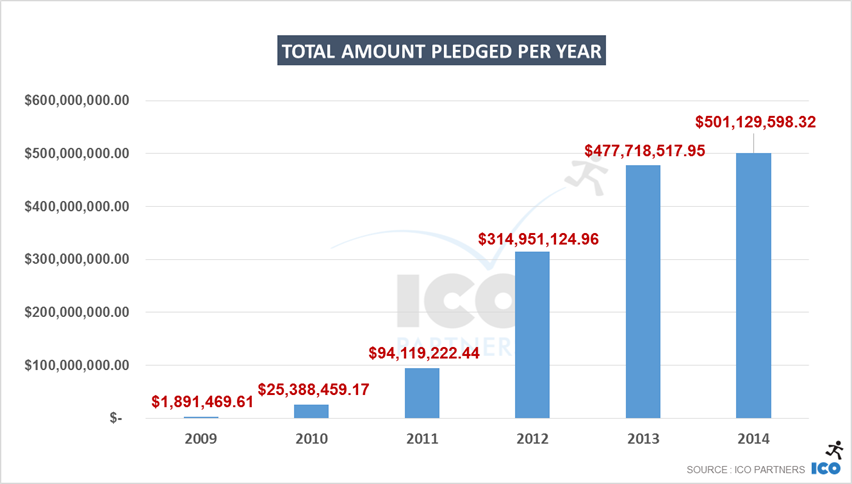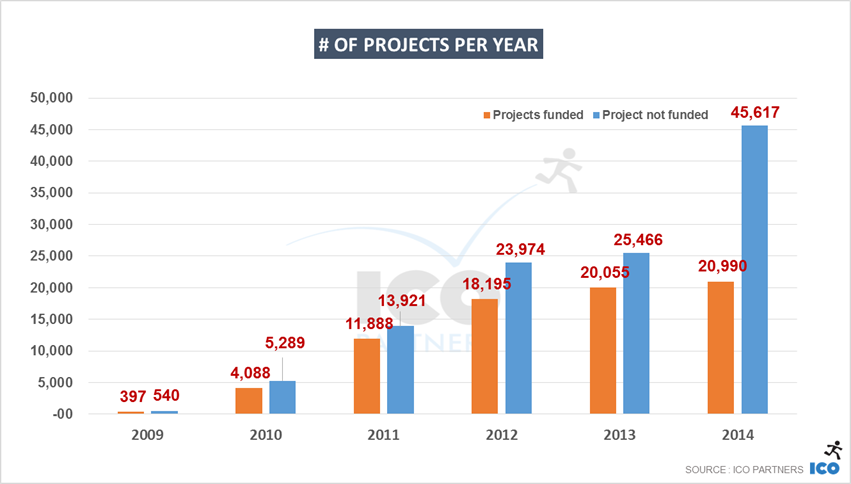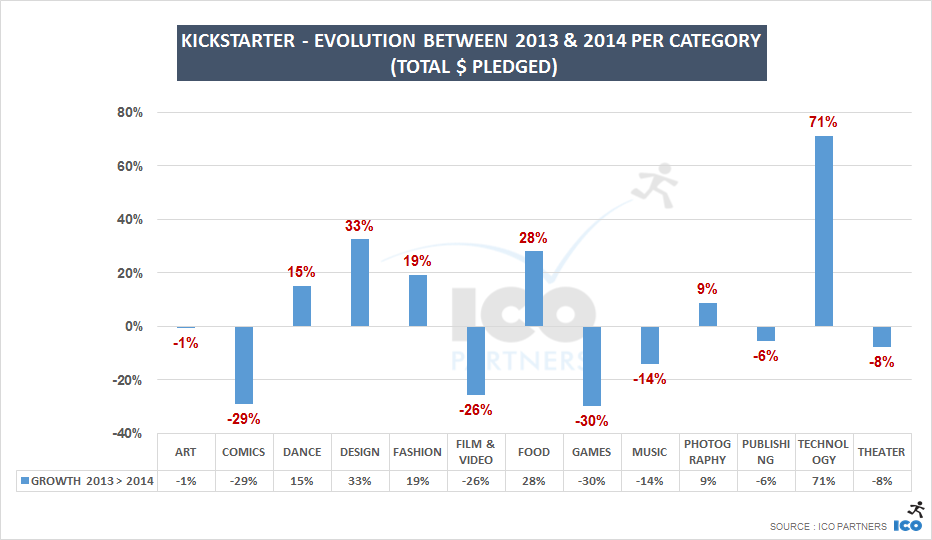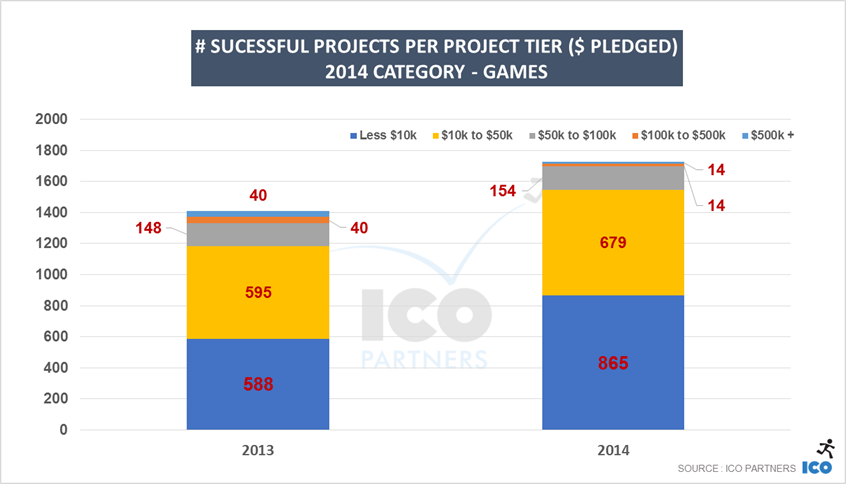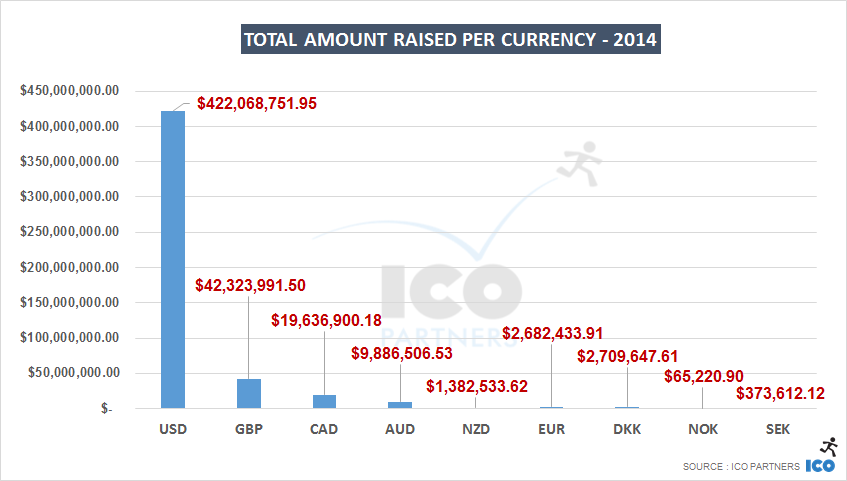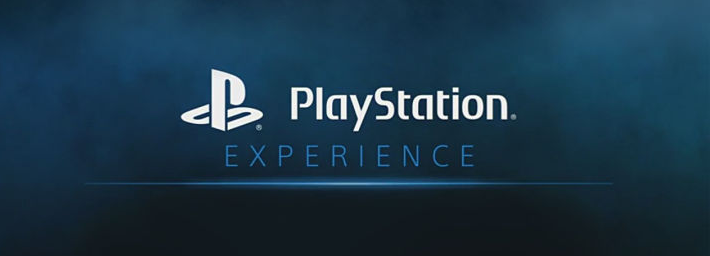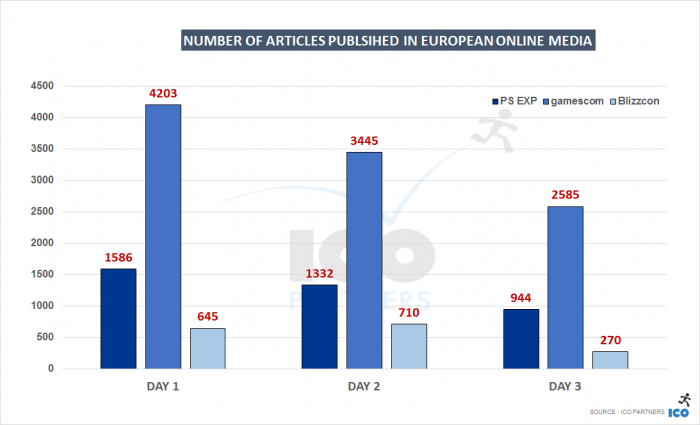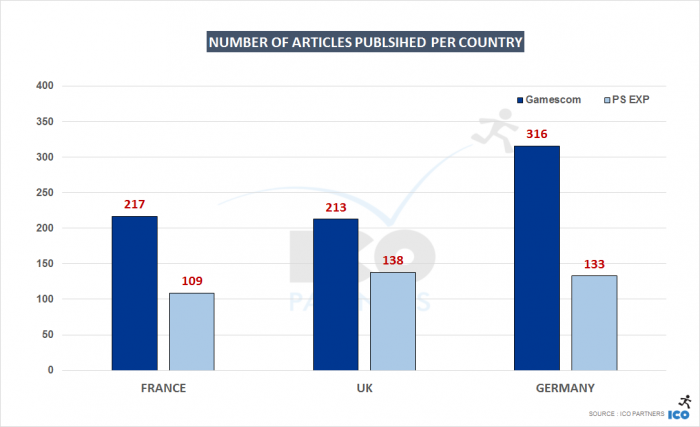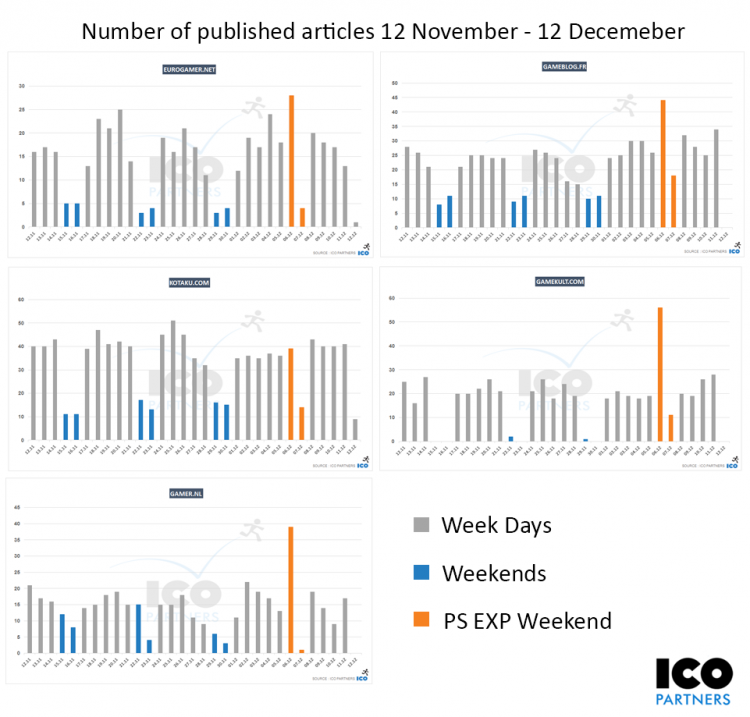On this blog we mostly talk about topics from the video consulting part of ICO Partners, but we also have a excellent Public Relations team working on a wide range of clients and titles (from big players like SMITE or Endless Legend to indie titles like Evoland and Road Not Taken).
Coming back fresh from GDC, I thought I would do a rapid follow-up using the Media Monitor and see how well the event performed with regards to the prevalent topics in media coverage. And when I say fresh, I mean seriously jet lagged, but that’s beside the point.
GDC and other events
The GDC tracker was set in July last year, so I don’t really have any previous data I can compare properly. Next year will certainly be different, but for now I have compared GDC to gamescom and the Playstation Experience (especially as I already had some research ready from this post on Playstation Experience).
In many ways, it is not really fair as GDC is not as media and announcement-focused as the other two, who are specifically built around getting the word about games to their audience. It does give some sense of the respective media these events get though.
So, strictly in terms of media coverage, GDC in the same range as the Playstation Experience event, and with about 40% of the coverage gamescom generates over its peak 3 days.
Platforms
As we have seen in past media coverage analysis, PlayStation is keeping its lead on Xbox, but that is actually smaller than the average observed over the course of last year (about 36% more articles for Playstation on average over the last year, against 31% more articles during the week of the GDC). Microsoft made more game-related announcements while the Virtual Reality HMD for Playstation helped in keeping Sony in the news.
Android’s strong presence in the media is due to the Barcelona Mobile World Congress, where a number of mobile manufacturers announce their new devices.
Virtual Reality
One of the most discussed announcements during GDC was, interestingly, *not* made at GDC. Instead it was at the Barcelona Mobile World Congress where on the 1st of March, HTC announced its VR HMD in partnership with Valve.
Clearly, the HTC/Valve announcement has been the most talked about VR news for the week. It is also incredibly impressive that both Morpheus and Oculus managed to keep such a high media presence with announcements were not as strong. Both were frequently mentioned in relation to the HTC Vive though, often compared to it or just referenced as much more established brand associated to VR.
Game Engines
The other very hot topic during the GDC week was the numerous announcements related to the off-the-shelf game engine offerings. With Valve now joining the fray with their Source 2 engine.
Before getting into the numbers, I want to share a tweet from Unity’s David Helgason (and which made me take a mental note to look at the media mentions of engines as soon as I got back):
Another GDC which Unity dominated. Fantastic show, fantastic to meet all our friends. Thanks, all! #wewonGDC pic.twitter.com/3cBNA1R63c
— David Helgason (@davidhelgason) March 7, 2015
To be fair, there are many ways to measure victory, and Unity’s booth was very crowded all week long. I am not suggesting that Unity has had a bad GDC by any stretch of the imagination. That said, I think Unreal is showing its longer experience in handling media and announcements, as well as the fact that it is a much more established brand for engine.
I wanted to check with another metric and pulled the Google trends for Unreal and Unity that cover that period:
Unity being a common word, I suspect it explains a lot of the ongoing search results associated with the game engine. But the much bigger bump seen in searches for Unreal Engine over that period (10 times more searches) in comparison to the Unity bump (25%) seems to indicate that at least that one battle was won by Unreal.
About a year ago we released our in-depth market report on MOBA games in Europe. As we are working on new projects at the moment (if you are really curious, feel free to catch us during GDC and ask in person), we want to give the opportunity for a larger audience to access some of our previous work, so we are experimenting on this front through a time-limited sale on that report.
Until the 6th of March, the MOBA games in Europe report is available at an 85% discount, from £2,200 to £300. Just go to our Gumroad page and enter the discount code wintersale2015. Read more
While I missed the traditional January window to do a “Year in Review” – I thought I should do one as the information should still have value. As usual, I encourage you to check the previous blog post explaining how the monitoring tool works. This time though, I have a couple of things to further add. First, there was a lot that has been added to the tool in February last year. Most AAA games and key platforms were already properly tracked (and had been for a few months prior) so I don’t think it should massively impact what I am going to share today.
[Update] Why the hell are the Nintendo consoles missing? Short version: I didn’t track Nintendo consoles properly until after a few months in 2014. It didn’t seem fair to compare incomplete data. Read more
Last year I did a general overview of Kickstarter across all categories for 2013 and now seems like a good time to go through a similar exercise for 2014.
I should start with the disclaimers though. In 2014, Kickstarter made a lot of changes to their website, changes that making data collection not as straightforward as before. I strongly suggest to look at this year’s numbers as estimates – all the trends they highlight are probably true but there might be a few inaccurate ones in there too, especially when the related data sample is rather small. Just keep it in mind.
You can find a complete, category per category, Slideshare presentation at the end of this post.
How good was 2014?
It all depends who you are I guess. If you are Kickstarter, 2014 was a good year. More money had been pledged on the platform than ever before.
While the growth in 2014 was not the leap observed in 2012 or 2013, it was still growth. Considering the remarkable successes of the two previous years, maintaining the trend is not a small feat and in that regard, we can probably consider this another winning year for Kickstarter.
For the creators on the platform, the outlook is a bit different.
On one hand, there has been more projects submitted to the platform than ever before: an impressive 46% increase from the previous year. When put side-by-side with the number of successfully funded projects, a 5% year-on-year increase, it tells a different story.
Kickstarter looks to have reached the point where the wider audience is fully aware of its existence. As a result it attracts more creators than ever, and we are probably seeing lower quality projects getting submitted in larger numbers.
This is very much illustrated by the percentage of projects that had $0 pledged towards them:
Who was it good for?
Back in September, I looked at how 2014 had been for Video Games on Kickstarter, and I did some projections showing that the numbers were going down from 2013. I won’t go in depth in any of the subcategories, but this is an interesting overview across all categories, showing their progress from 2013:
There has been a significant drop in the amount of money pledged for Comics, Films and Games on the platform in the past year. On the other hand, it was a fantastic year for Technology projects while Food and Design projects also performed very well.
But that’s only half of the story. As we have observed in the past, it is very easy for a few very large projects to weigh heavily on the overall amount of money pledged in one category.
Year-on-year, looking purely at the number of funded projects, the only categories that saw a significant dip are Art, Music and Films. This helps illustrate that Games saw more projects getting funded than in 2013, despite gathering less money…
In a way, this means (in Games at least) that Kickstarter is getting more democratic and benefits more creators with projects with different scopes. And just to illustrate that thought, here is the Games category broken down per funding tier:
You can find this kind of break down for all categories in the Slideshare presentation…
All things considered though, we can say that it was a good year for picnic lovers.
What changed in 2014?
Kickstarter added another four currencies to its platform and opened projects to five new countries: Netherlands, Sweden, Denmark, Norway and Ireland.
The overall impact on the platform was not very significant:
The projects in GBP are still doing relatively well – along the same scope as last year.
It is worth noting that the Danish projects, the best funded of the newly added Scandinavian countries, did so through a few projects that raised more than $250 000 (including the very well performing Sitpack project). Anecdotally, 75% of those projects are Design projects. Denmark, right?.
Meanwhile, there hasn’t been a single EUR projects above the $250 000 line. Of course, large EUR countries such as France and Germany don’t have a direct access to Kickstarter and generally create their projects either through USD or GBP. It is worth noting however that the EUR integration didn’t seem to have much of an impact on Kickstarter’s development.
2015 will be interesting in regards to currency. One challenge that Kickstarter faced was that payments in USD were made through Amazon Payments, while all the other currencies were using an in-house solution. It meant that existing backers, with their card on record on Amazon, had to go through an extra step to be able to pledge money to a project not in USD. Now, all projects will share the same payment platform, regardless of currency. It should help the “exotic” currencies and remove a potential friction point in the process. On the other hand, no longer using Amazon Payments may have a negative impact too. Only time will tell in that respect.
Kickstarter in 2014 – Across all projects categories
UPDATE – I had a chat (very friendly) with Kickstarter and they highlighted that it was hardly fair to compare video games and tabletop games between 2013 and 2014 the way I did as they have added 5 new subcategories that further dilutes projects and increase the perceived dip for the two historical main subcategories. I have reviewed my numbers and added the new subcategories to the relevant pre-existing ones.
The slides represent this change now. To be clear, only the last slides were affected – the Video games and Tabletop Games sections.
How Sony Stole Christmas – PlayStation Experience Won December’s Gaming Media
With two major events debuting this month, December was exciting, and busy, period for gaming media. These two events were Geoff Keighley’s Game Awards 2014 on the 5 December and the PlayStation Experience in Las Vegas to celebrate the 20th birthday of Sony’s console from 6-7 December.
The Game Awards seemed to have worked out pretty well in terms of viewers. However, just one day later the PlayStation Experience came along, producing an impressive amount of new announcements and earning praise in the gaming media from the likes of Polygon or Alist. The question is: How did the numbers for the PlayStation Experience add up?
Fortunately, ICO Partners has specialised in tracking the European gaming media landscape with several in-house developed tools (for more details how the tools works click here). This way we could take a closer look on how the PlayStation Experience was picked up by European media.
Graph 1: PlayStation Experience VS gamescom VS Blizzcon
To find an answer to our question we compared the number of published articles by European media for the PlayStation event with two other similar events: Europe’s biggest gaming show gamescom and Blizzard’s Blizzcon. Because the events took place at different times of the year and with different schedules, we decided to only track media coverage for the first three days after the event starter in order to make the data more comparable.
While gamescom clearly towers above the other events in coverage, it is interesting to note that PlayStation Experience only talked about a single platform in direct comparison to the varied line-up of developers and manufacturers of gamescom. The PlayStation event also clearly outperformed Blizzcon in terms of number of articles published. Not only that, the PlayStation event coverage was also generated on a weekend.
In numbers our tool tracked 15.720 published articles across all three events over their first three days, with gamescom accounting to 65% of the coverage (10.233 articles), while PlayStation Experience is responsible for 25% (3.862 articles) and Blizzcon for 10% (1.625 articles).
Graph 2: PlayStation Experience on a Country Level
Zooming in and taking a look at the data on country level over the three days and just comparing gamescom and the PlayStation Experience, gamescom generated 213 articles in the UK and PlayStation Experience respectable 138. That’s about 65% of gamescom’s coverage in the country for a single platform event.
French media also keenly reported on the announcements, with 217 articles for gamescom and 109 for the PlayStation Experience. Meaning, when the two are compared, that Sony’s single event garnered 50% of gamescom’s entire coverage in the country.
In Germany, where gamescom took place, the coverage for the event was stronger with 361 articles, but the PlayStation event numbers were still comparable to other territories with 133 published articles, totalling 42% of gamescom’s coverage.
Graph 3: PlayStation Experience Weekend vs Regular Weekends
Another factor we mentioned previously is that the PlayStation Experience took place on a weekend, where the average number of published articles is, traditionally, significantly lower compared to regular week days.
To highlight what happened on the PlayStation Experience weekend we randomly picked 5 major gaming sites across Europe, specifically Kotaku (UK), Eurogamer (UK), Gamer (NL), Gamekult (FR) and Gameblog (FR) and looked into them in more detail.
We tracked the number of published articles from the 12 November to the 12 December to see how the PlayStation Experience weekend held up compared to regular weekdays and weekends. Please note the numbers for the PlayStation Experience weekend may include overlaps from the Game Awards as they took place just one day before the PlayStation event and the data from 5 sites is of course not representative of a whole region. Still, the graph below should give an idea what the PlayStation Experience weekend looked like compared to a regular weekend.
As you can see in the charts above, the number of articles published on the PlayStation Experience weekend (marked in orange) is drastically higher than on regular weekends. Whereas an average weekend in the tracked period (excluding the PlayStation Event weekend) spawned 55 articles across our 5 sample sites, the PlayStation Experience weekend saw 254 articles. This means in comparison to an average weekend the number of published articles was almost 5 times as much due to the PlayStation event. The Saturday especially saw strong coverage by media, resulting in it even being the single strongest day of the whole tracked period in terms of published articles on 4 of the 5 sites, with Kotaku the exception.
Conclusion
Although Sony attended this year’s E3 and gamescom with a host of announcements and received strong media attention, it managed to pull off yet another event of similar impact seemingly out of nowhere. Obviously, that’s impressive from a lineup perspective but the real coup here is the gain in brand value: A massive mindshare grab for the PlayStation brand for a whole weekend and all that without sharing the stage with any of it’s competitors at one of the traditional big events on the calendar.
With refreshed enthusiasm for it’s consoles just before Christmas, surprisingly big announcements and equally large media coverage it could be argued the PlayStation Experience was a better operation than any other gaming event this year. Proving Sony truly knows how to throw a birthday party for itself and its fans.

